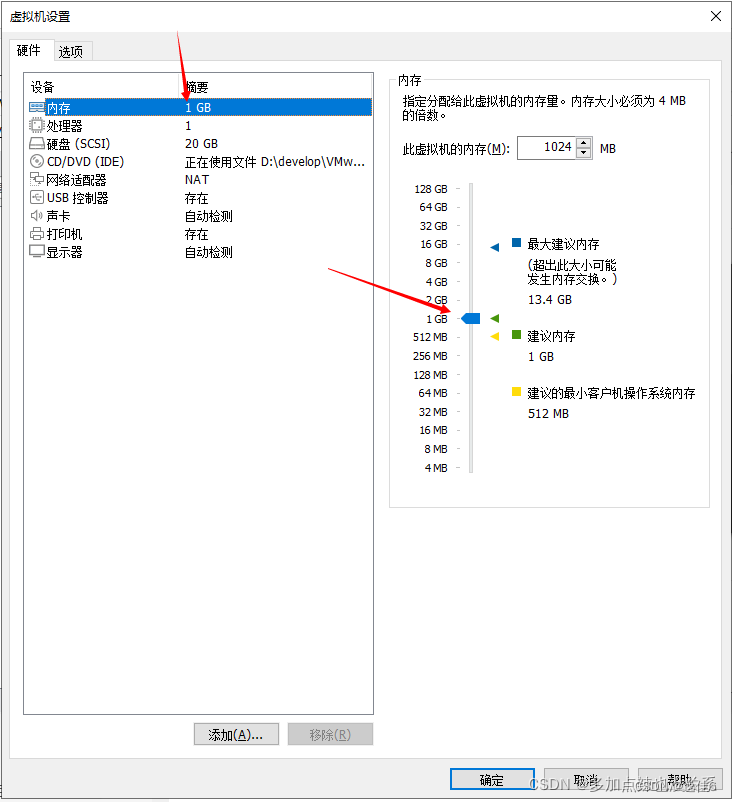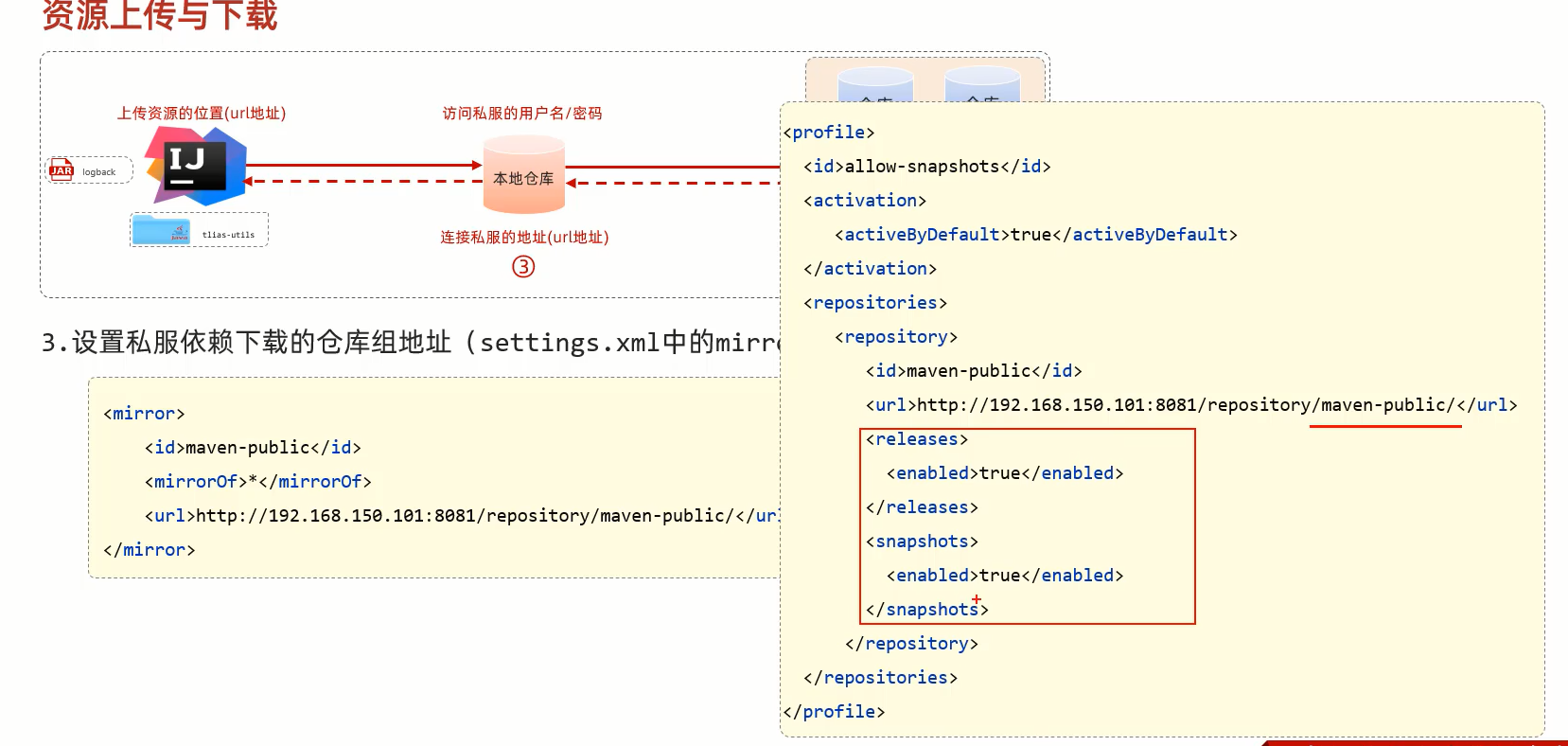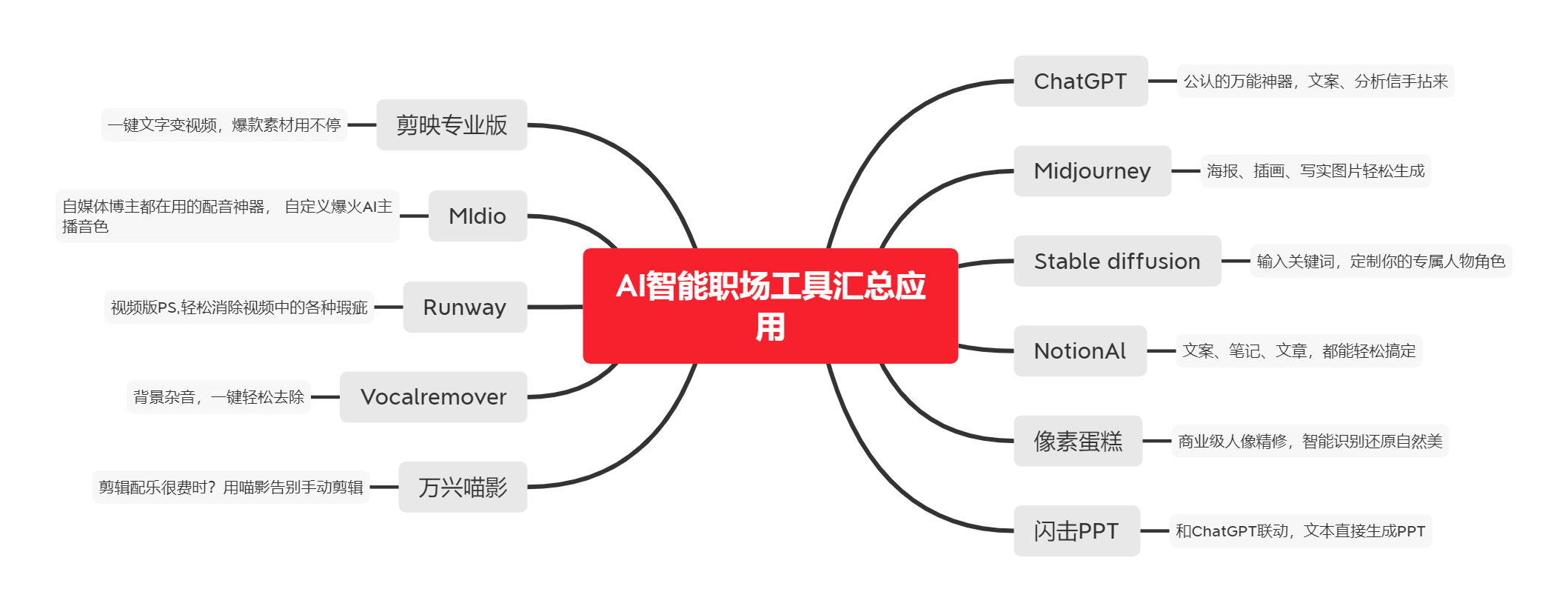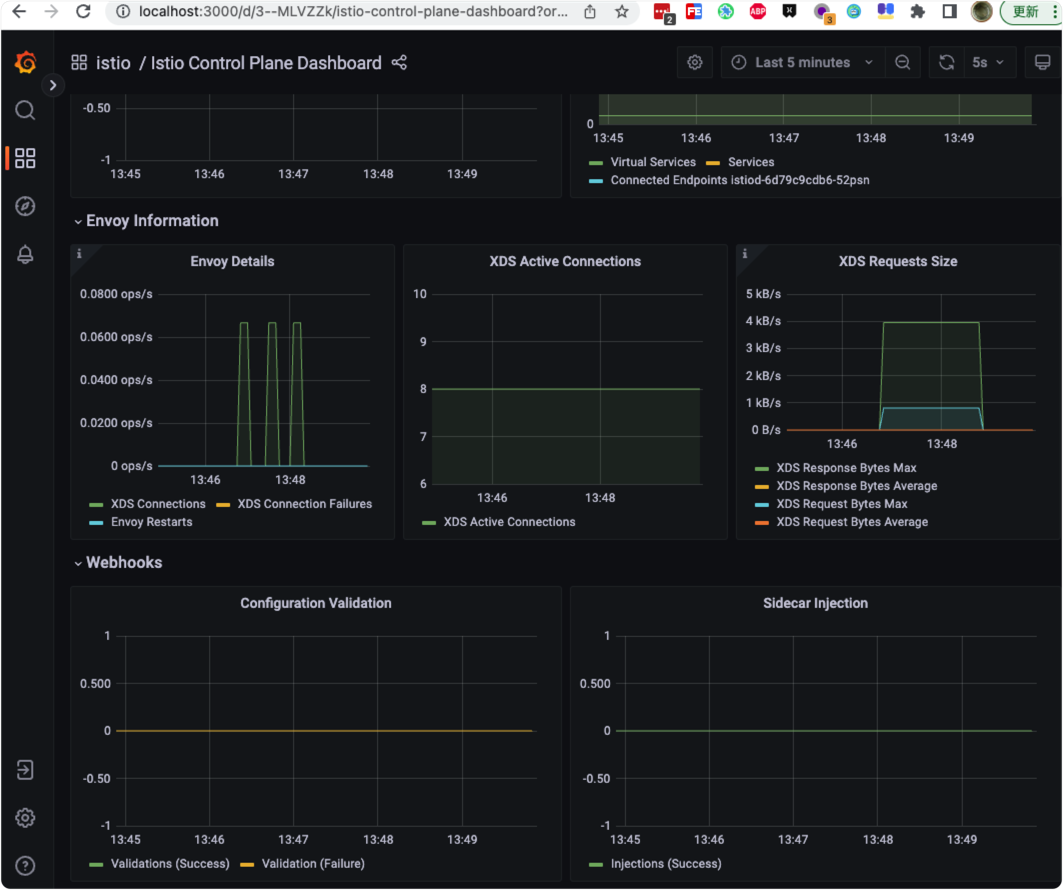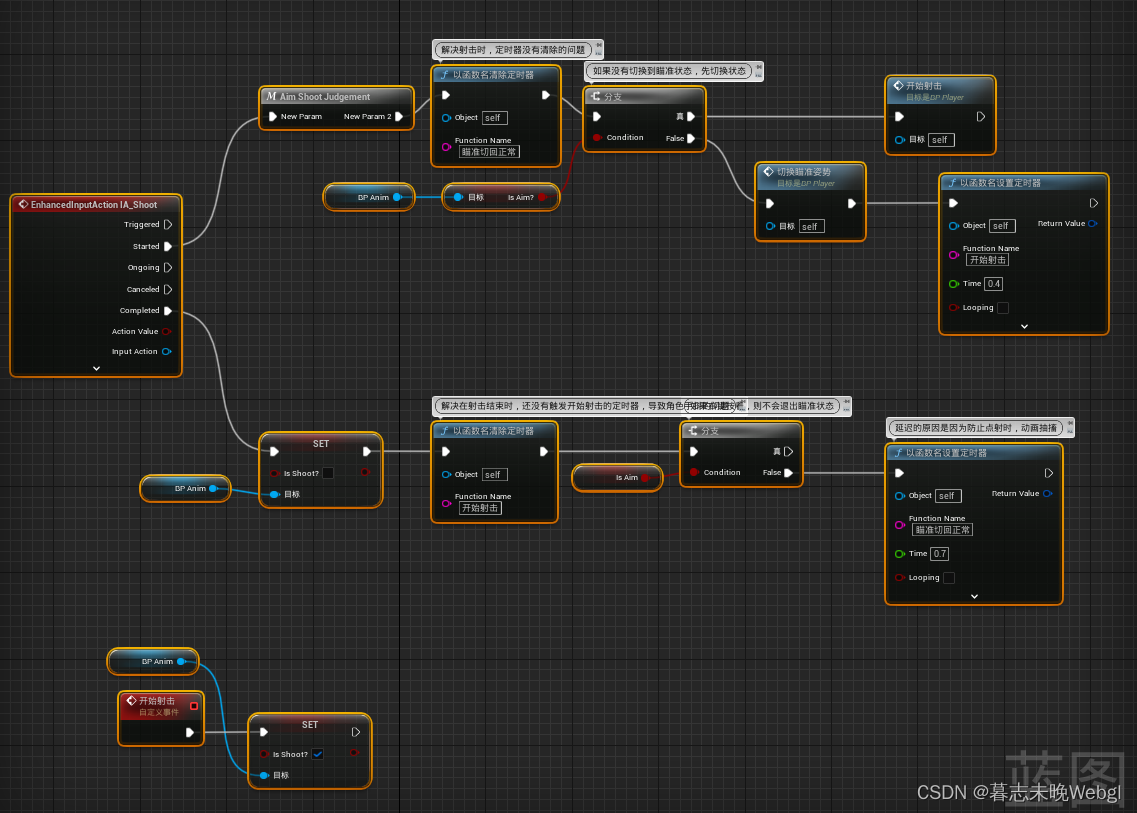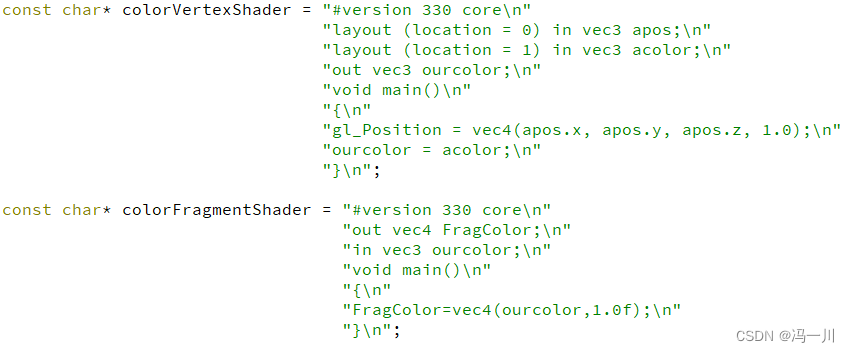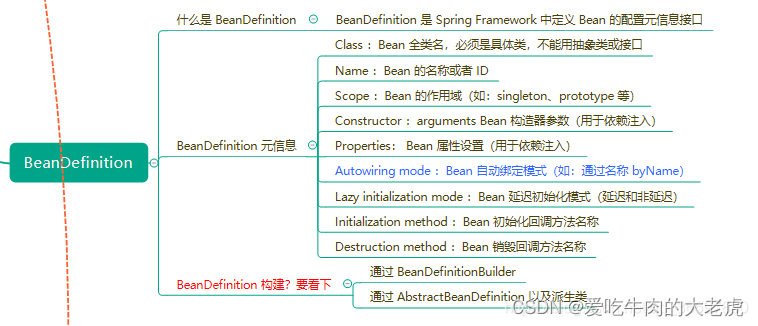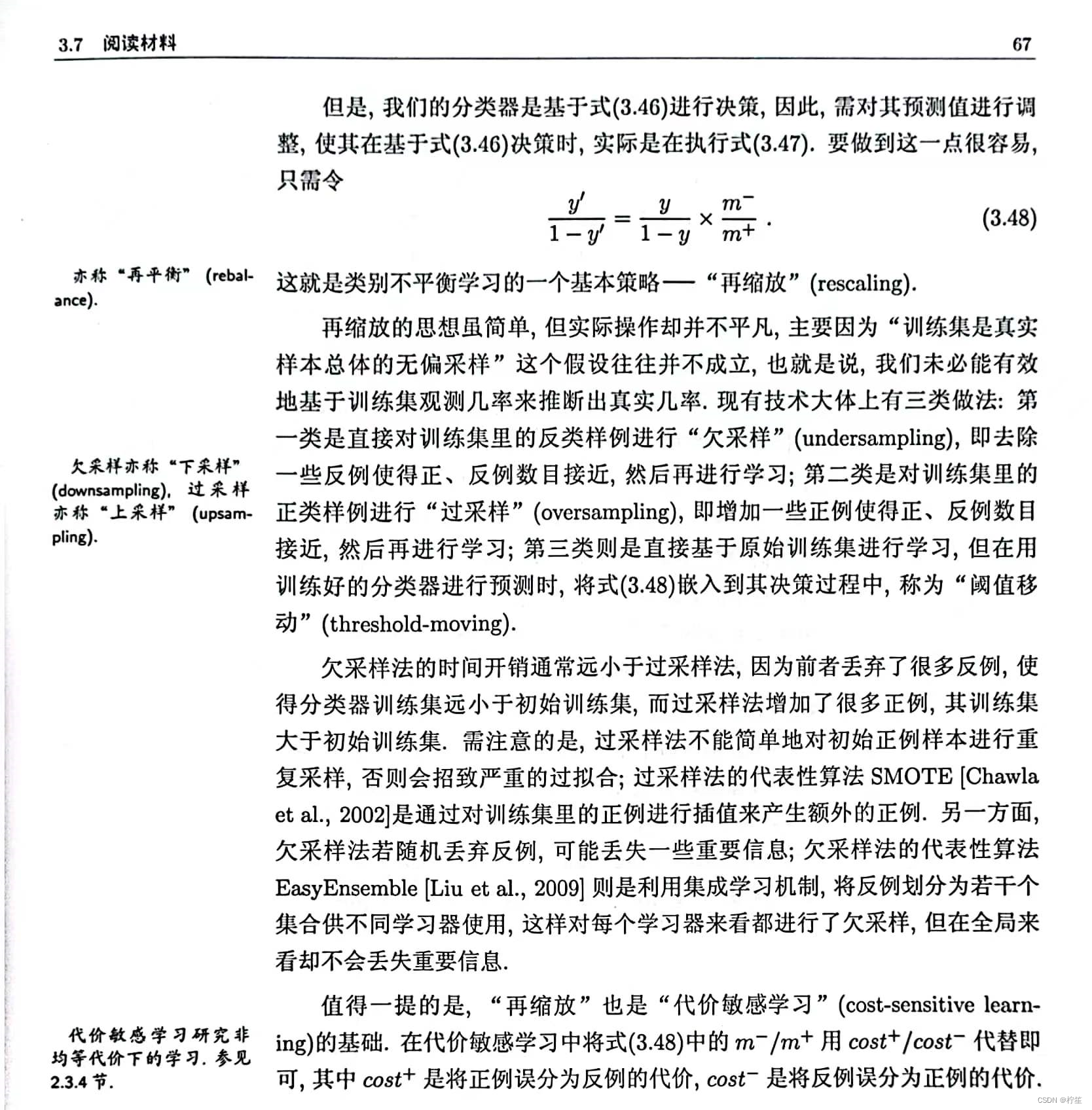目录
- Deep Learning
- Feedforward Neural Network 前馈神经网络
- Neuron 神经元
- Output Layer 输出层
- Optimization
- Regularization 正则化
- Topic Classification 主题分类
- Language Model as Classifiers 语言模型作为分类器
- Word Embeddings 词嵌入
- Training a Feed-Forward Neural Network Language Model 训练前向传播神经网络语言模型
- Feed-Forward Neural Network for POS Tagging 用于词性标注的前向传播神经网络
- Convolutional Networks 卷积网络
- Convolutional Networks for NLP
Feedforward Neural Networks Basics
Deep Learning
-
A branch of machine learning 机器学习的一个分支
-
Re-branded name for neural networks 神经网络的重命名
-
Deep: Many layers are chained together in modern deep learning models 深度:现在深度学习模型中的链式链接的多层
-
Neural Networks: Historically inspired by the way computation works in the brain 神经网络:历史上受大脑计算方式的启发
- Consists of computation units called neurons 由称为神经元的计算单元组成
Feedforward Neural Network 前馈神经网络
-
Also called multilayer perceptron 也被称为多层感知机
-
E.g. of architecture: 架构示例

-
Each arrow carries a weight, reflecting its importance 每个箭头都会携带一个权重,以反应其重要性
-
Certain layers have non-linear activation functions 某些层具有非线性的激活函数
Neuron 神经元
-
Each neuron is a function: 每个神经元是一个函数
- Given input
x, compute real-valueh: 给定输入x,计算实值h

- Scales input (with weights,
w) and adds offset (bias,b) 通过权重w缩放输入并添加偏移量(偏置,b) - Applies non-linear function, such as logistic sigmoid, hyperbolic sigmoid(tanh), or rectified linear unit 应用非线性函数,如逻辑sigmoid、双曲sigmoid(tanh)或修正线性单元
wandbare parameters of the modelw和b是模型的参数
- Given input
-
Typically hava several hidden units 通常有几个隐藏单元. E.g.
-
Each with its own weights wi, and bias terms bi 每个单元都有自己的权重 wi,和偏置项 bi
-
Can be expressed using matrix and vector operators 可以使用矩阵和向量运算符表示:
-
Where
is a matrix comprising the weight vectors and 是一个包含权重向量的矩阵
is a vector of all bias terms 是所有偏置项的向量
-
Non-linear function applied element-wise 非线性函数逐元素应用
-
Output Layer 输出层
-
For binary classification problem: Sigmoid Activation Function 对于二元分类问题:Sigmoid 激活函数
-
Multi-class classification problem: Softmax Activation Function ensures probabilities are greater than 0 and sum to 1 多类分类问题:Softmax 激活函数确保概率大于0且和为1:
Optimization
-
Consider how well the model fits the training data, in terms of the probability it assigns to the correct output 考虑模型如何拟合训练数据,即它对正确输出所分配的概率
-
-
Want to maximize total probability
L想要最大化总概率L -
Equivalently minimize
-log Lwith respect to parameters 等价地,以参数最小化-log L
-
-
Trained using gradient descent 使用梯度下降进行训练
- Tools like tensorflow, pytorch, dynet use autodiff to compute gradients automatically 像 tensorflow, pytorch, dynet 这样的工具用于自动计算梯度
Regularization 正则化
-
Have many parameters, so the model overfits easily 有许多参数,所以模型很容易过拟合
-
Low bias, high variance 偏差较低,方差较高
-
Regularization is very import in neural networks 在神经网络中,正则化非常重要
-
L1-norm: sum of absolute values of all parameters L1范数:所有参数的绝对值之和
-
L2-norm: sum of squares of all parameters L2范数:所有参数的平方之和
-
Dropout: randomly zero-out some neurons of a layer Dropout:随机将某一层的部分神经元值设为零
- If a dropout rate = 0.1, a random 10% of neurons now have 0 values 如果Dropout比率 = 0.1,那么随机10%的神经元现在的值为0

- Can apply dropout to any layer, but in practice, mostly to the hidden layers 可以在任何层应用dropout,但实际上,主要应用于隐藏层
Applications in NLP
Topic Classification 主题分类
-
Given a document, classify it into a predefined set of topics. E.g. economy, politics, sports 给定一个文档,将其分类到预定义的主题集合中。例如:经济,政治,体育
-
Input: Bag-of-words 输入:词袋模型
Example input:

-
Training:
Architecture:

Hidden Layers:
- Randomly initialize
Wandb - E.g:
Input:
Output:: Probability distribution over
Loss:if true label is
- Randomly initialize
-
Prediction:
- E.g.
Input:
Output:
Predicted class is
- E.g.
-
Potential Improvements: 可能的改进
- Use Bag of bigrams as input 使用bigrams的词袋作为输入
- Preprocess text to lemmatize words and remove stopwords 预处理文本,对词进行词元化并去除停用词
- Instead of raw counts, can weight words using TF-IDF or indicators 可以使用TF-IDF或指标来权衡单词,而不是原始计数
Language Model as Classifiers 语言模型作为分类器
-
Language Models can be considered simple classifiers 语言模型可以被视为简单的分类器.
- E.g. For a trigram model:
classifies the likely next word in a sequence, given
saltandand给出了在给定salt和and的情况下,可能的下一个词的分类
- E.g. For a trigram model:
-
Feedforward Neural Network Language Model 前向传播神经网络语言模型
- Use neural network as a classifier to model 使用神经网络作为分类器来模型
- Input features: The previous words 输入特征:前面的单词
- Output classes: the next word 输出类别:下一个单词
- Use Word Embeddings to represent each word 使用词嵌入来表示每个单词
- E.g. of Word Embeddings: 词嵌入的例子

- E.g. of Word Embeddings: 词嵌入的例子
Word Embeddings 词嵌入
-
Maps discrete word symbols to continuous vectors in a relatively low dimensional space 将离散的词符号映射到相对较低维度的连续向量空间中
-
Word embeddings allow the model to capture similarity between words 词嵌入允许模型捕获单词之间的相似性
-
In feed-forward neural network language model, the first layer is the sum of input word embeddings 在前向传播神经网络语言模型中,第一层是输入词嵌入的和
Training a Feed-Forward Neural Network Language Model 训练前向传播神经网络语言模型
-
E.g.
-
Lookup word embeddings (
) for
a,cow, andeats -
Concatenate them and feed it to the network 将它们连接起来并输入网络:
-
-
gives the probability distribution over all words in the vocabulary 给出了所有词汇表中单词的概率分布
- E.g.

-
Loss:
-
Most parameters are in the word embeddings W1 (size = d * |V|) and the output embeddings W3 (size = |V| * d) 大部分参数都在词嵌入 W1 (大小 = d * |V|) 和输出嵌入 W3 (大小 = |V| * d)
-
Example Architecture:

-
Problem of Count-based N-gram models: 基于计数的N-gram模型的问题
- Cheap to train 便宜的训练
- Problems with sparsity and scaling to larger contexts 在稀疏性和大规模上下文的扩展性上存在问题
- Don’t adequately capture properties of words 不能充分捕获单词的属性
-
Advantages of Feed-Forward Neural Network Language Model: 前向传播神经网络语言模型的优点
- Automatically capture word properties, leading to more robust estimates 自动捕获单词的属性,导致更稳健的估计
Feed-Forward Neural Network for POS Tagging 用于词性标注的前向传播神经网络
-
POS tagging can also be framed as classification: 词性标注也可以被框定为分类
-> classifies the likely POS tag for
eats对eats的可能的词性标签进行分类
-
Feed-Forward Neural Network Language Model architecture can be adapted to the task directly 前向传播神经网络语言模型的架构可以直接适应这个任务
-
Inputs:
- recent words 最近的词:
- recent tags 最近的标签:
- recent words 最近的词:
-
Outputs:
- current tags:
- current tags:
-
Frame as neural network with:
- 5 inputs: 3 word embeddings and 2 tag embeddings 5个输入:3个词嵌入和2个标签嵌入
- 1 output: vector of size |T|, using softmax 1个输出:大小为|T|的向量,其中|T|是词性标签集的大小
-
Training to minimize:
-
Example Architecture:

Convolutional Networks
Convolutional Networks 卷积网络
-
Commonly used in computer vision 常用于计算机视觉
-
Identify indicative local predictors 确定指示性本地预测因子
-
Combine them to produce a fixed-size representation 将它们合并,形成固定大小的表示
Convolutional Networks for NLP
-
Sliding window over sequence 按顺序滑动窗口
-
W = convolution filter (linear transformation + tanh) W = 卷积滤波器(线性变换+tanh)。
-
max-pool to produce a fixed-size representation max-pool来产生一个固定大小的表示
-
Example architecture:


